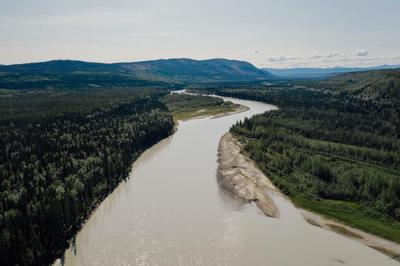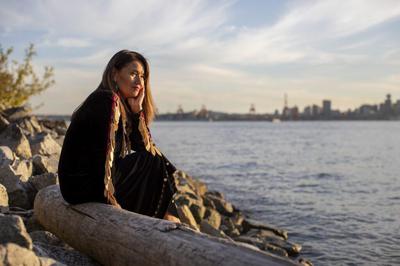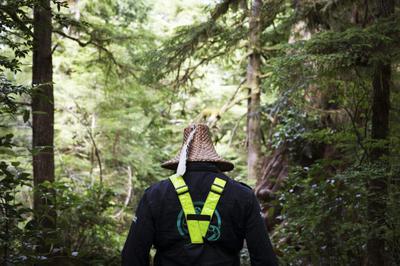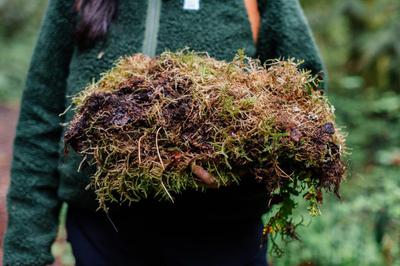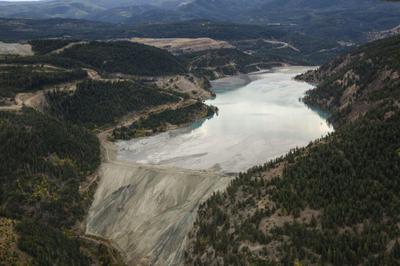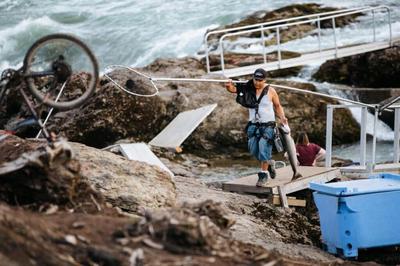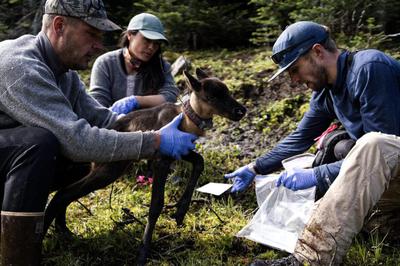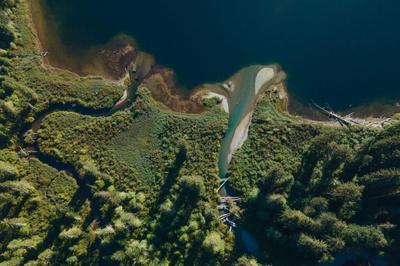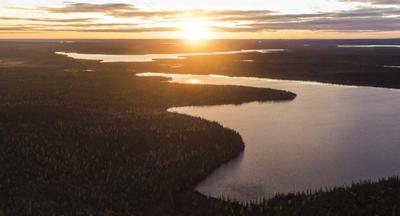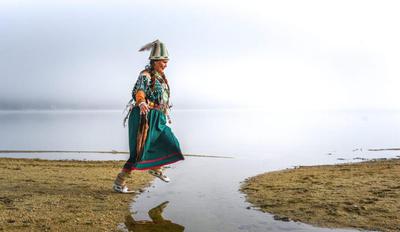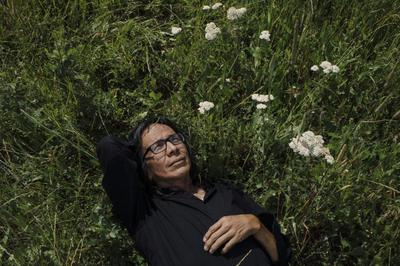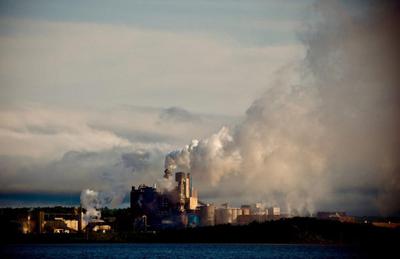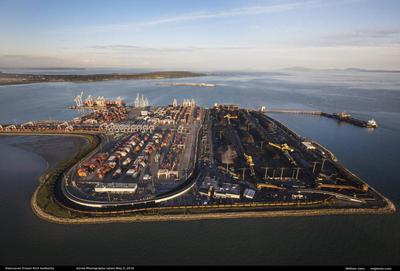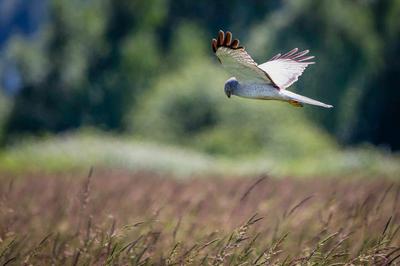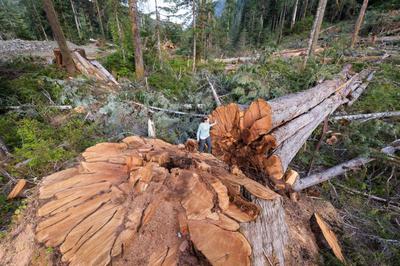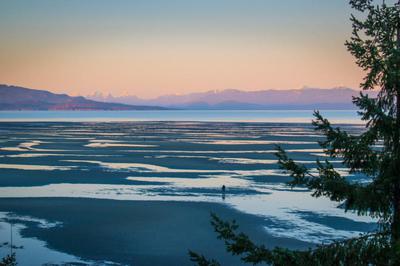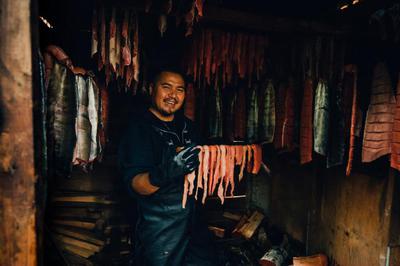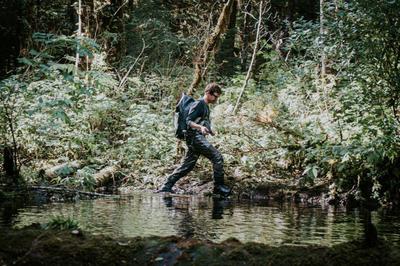
‘The salmon will come back again’: First Nations document devastating low returns on B.C.’s central coast
Mike Reid was never on shore in the summertime as a child. He was out on his uncle’s fishing boat, beginning when he was five or six years old when he helped out by doing dishes, surrounded by the sea. He graduated to fishing when he was 12 years old.
The men started fishing at 3:30 a.m., and while his uncle told him he could sleep later, Reid wanted to wake up with everyone else.
“I wanted to work hard because everyone else was working hard,” Reid, citizen of the Haíɫzaqv (Heiltsuk) Nation, told The Narwhal.
